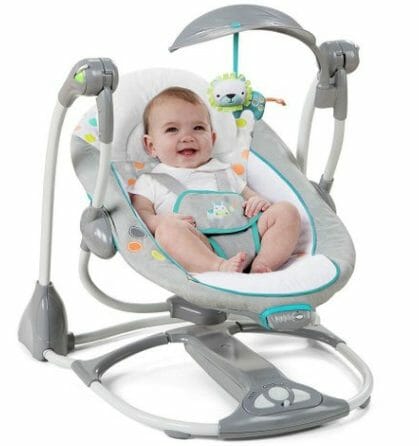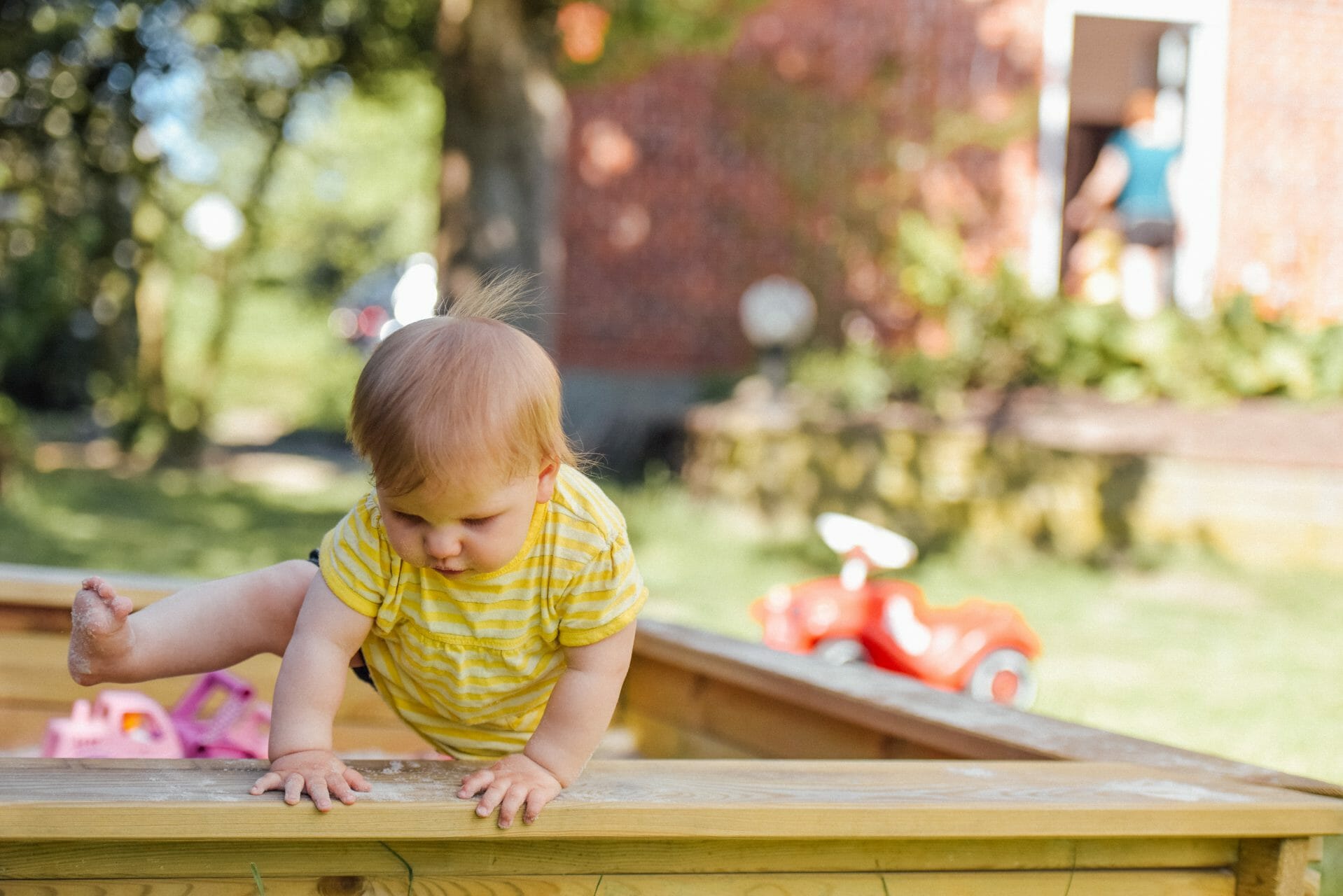Prior to this, babies were slept in a variety of positions, particularly on their tummies (prone). Once this was contraindicated for sleep, we in the health professions began to see a change in babies’ tolerance to tummy time. As we as humans adapt to what is familiar and develop strength through practice, we saw babies finding the unfamiliar position upsetting and therefore not practicing therefore they didn’t develop strength or tolerance. A cycle then develops of the baby crying and the carer rescuing them.

- Babies can develop a flat skull (brachycephaly).
- Babies can develop an asymmetrical skull and/or face.
- They may get a stiff neck and find it difficult to follow their carers faces or a toy through 180 degrees horizontally.
- Babies can find it difficult to tolerate tummy time.
- Babies are often delayed in learning to roll both ways as they don’t want to go on their tummies.
- If they continue to be intolerant of tummy time after 4-6 months they may show signs of delayed gross motor milestones – i.e. rolling/crawling, getting in and out of positions.
- Assists babies in learning different adaptations to their environment.
- Improves head control; strengthens neck and upper body muscles.
- Gives their skull time off the back of their head thus helping decrease the chance of plagiocephaly
- Strengthens lower back muscles and hips and legs in preparation for creeping and then crawling
- Assists in them learning to move from back to tummy and back ii.e. rolling.
- Assists visual tracking and depth perception.
- Assists with babies’ environmental awareness and cognitive development.
- Provides different sensory experiences.

What to do to encourage tummy time:
0-3 months
- Introduce tummy time from day 1
- Carry a baby on their tummy.
- Lie them on your lap on their tummy.
- Lie on your chest.
- Place on change table on tummy so you can get at their eye level (always supervise)
- Play with them on tummy on the floor every time they awake --over a towel roll or up on a wedge if they are upset as it makes it easier for them to do
- Aim for 2 hours a day.

3-6 months
- Introduce your baby to rolling from tummy to back, back to tummy.
- Continue to carry on their tummy in superman position
- Help them onto elbows then straight arms as they master the skill.
- Help them to play in this position
- model little arm planks together

6-9 months
- Help your baby onto all fours over your legs
- Help them to move from all fours to sitting
- Then help them into all fours from their tummy once they can get straight arms
- Help them rock in all fours
- Shift their weight from arm to arm
- Provide toys that move away to encourage them to move
- Assist baby to creep

9-12 months
- Once your baby tolerates all fours he/she will start to move in and out of sitting easily – reward their efforts
- Provide opportunities on the floor for varied movement experiences, i.e. tunnels/cushions etc to crawl over.
- Provide low surfaces for them to move from all fours to kneeling to standing

After 12-15 months
- They are off !!
- Pulling to stand,cruising around furniture and walking!!
All of this wonderful upright movement comes from successful introduction and implementation of tummy time – allowing your baby to experience a variety of movements and thus develop motor independence.





